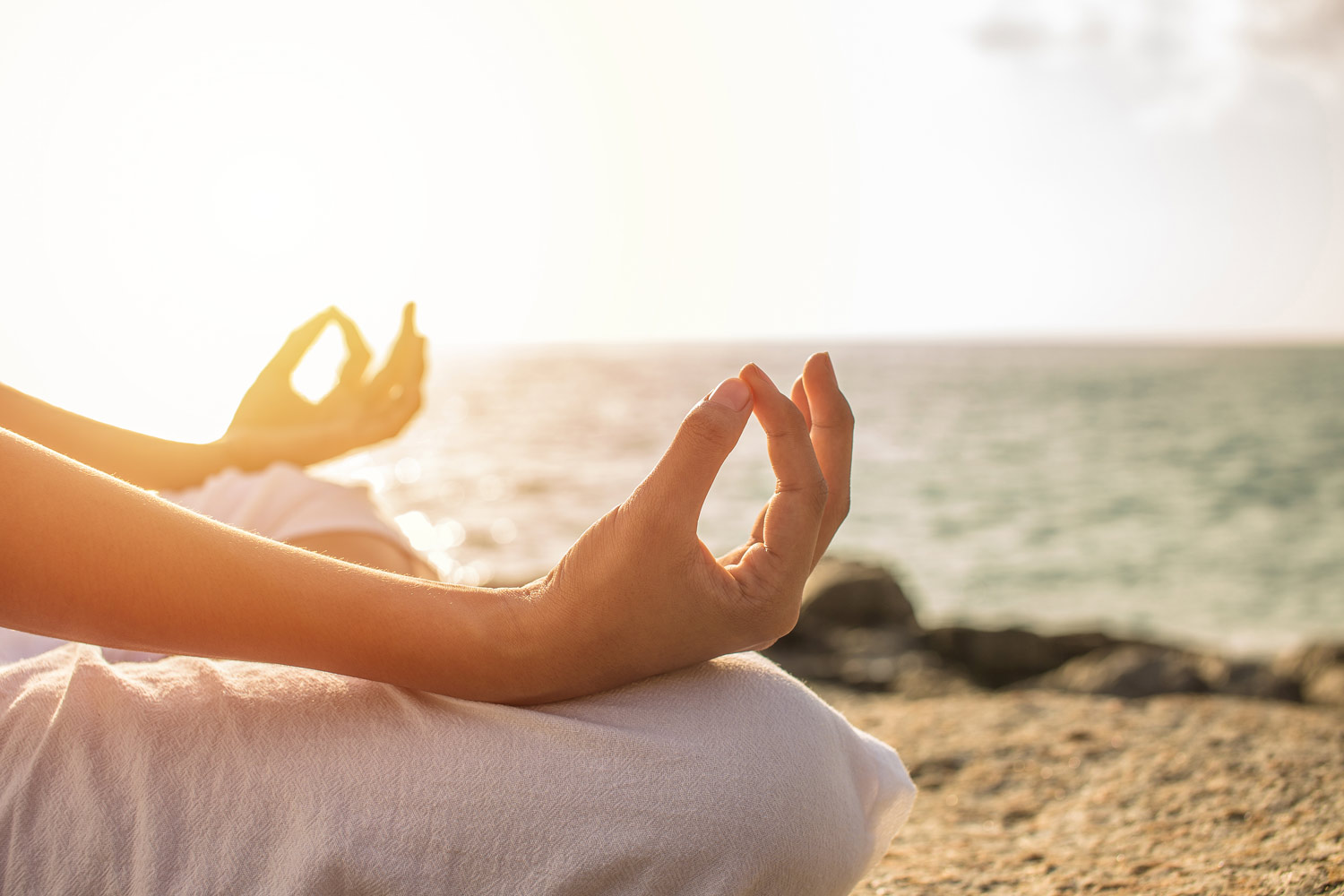
What is Kundalini Yoga?
Nov 17, 2022It’s a fairly universal truth that together, we are stronger. Kundalini works with that principle by blending several practises together: Bhakti yoga (mantras and affirmations), Raja yoga (meditation) and Shakti yoga (the expression of power and energy, strongly associated with the divine feminine).
The foundation of Kundalini yoga is a highly spiritual element, focusing on chakra energy to free up any blockages and allow your lifeforce to flow freely. Using a combination of breathwork (pranayama), meditation, movement, and mantras to open up the chakras in the body, you aim to increase your physical energy as well as your mental awareness – of yourself and the world around you.
Kundalini energy is represented by a coiled snake at the base of the spinal column, representing both the inherent flexibility of the spine and the potential of stored energy waiting to be released.
Through Kundalini yoga, this stored energy can be drawn through the body, both upwards and downwards, to active all 7 chakras, with the most significant being the crown chakra at the top of the head.
Kundalini breathwork
Pranayama is one of the core elements of Kundalini yoga, a number of deep and relaxing breathwork techniques. Prana translates to ‘life force energy’ and yama translates to ‘control’ or ‘restraint’, indicating how you learn to slow and control your breath. Pranayama can help control shallow or erratic breathing that often comes from anxiety, chronic stress or tension.
Kundalini poses
Kundalini yoga poses are called kriyas. Each kriya is a set of poses carried out while using a specific breathing technique which blocks energy flow to certain areas of the body to concentrate the impact of the pose.
Kundalini hand gestures
Hand positions or gestures are known as mudras, and each sends a different message to the mind and body. The best known is probably the ‘namaste’ or prayer gesture (actually called Anjali), which palms together and thumbs touching your chest. This gesture calms the mind and realigns both sides of the body.
The most commonly used Kundalini yoga mudra is Gyan, where you place your thumb and forefinger together in an ‘OK’ gesture. This mudra promotes knowledge and encourages openness.

Kundalini mantras
You may see this referred to as mantras, chanting, or affirmations, and these spoken sounds are used to speak truth to oneself.
Chakra energy in Kundalini yoga
The chakras are energy centres located vertically throughout the middle of the body. Each chakra corresponds to an area of the body, a set of behavioural characteristics and stages of spiritual growth.
Practising yoga and focusing your energies with meditation or mantras during different postures can help you to align your chakras and remove any energy blockages. Understanding how to fine-tune and control your chakras through yoga and meditation can help bring balance and peace to your mind, body and spirit.
The seven chakras are:
Muladhara: base of the spine
Svadhisthana: abdomen, genitals, lower back/hip
Manipura: solar plexus
Anahata: heart area
Vishuddha: throat
Ajna: brow
Sahasrara: top of head, cerebral cortex
Through the movements and postures of yoga, you can learn to focus your concentration and energy to and from the various chakras in your body. This can allow you to compensate for areas that may be out of sync with the rest of your body or not active at all. By balancing the energy among all seven of the chakras, you can reach your optimum state of mental, physical and spiritual health. It’s believed that with regular practice, Dharma – discovering your true purpose – can be achieved.
Practise Kundalini yoga with Universal Movement
Discover our cyclical and lunar cycle classes
Download our Feminine energy & lunar cycle guide
Join our secrets of the moon mailing list to receive the latest news and updates.
We hate SPAM. So we won't spam you.

